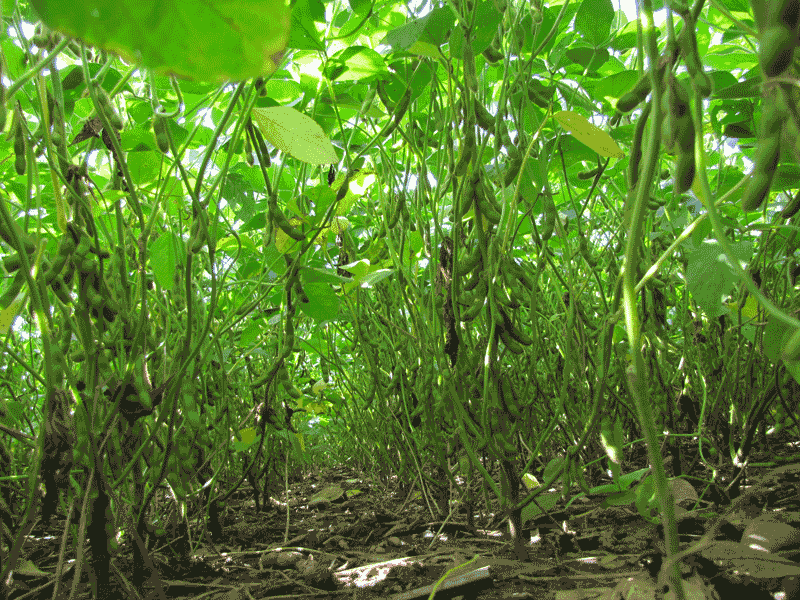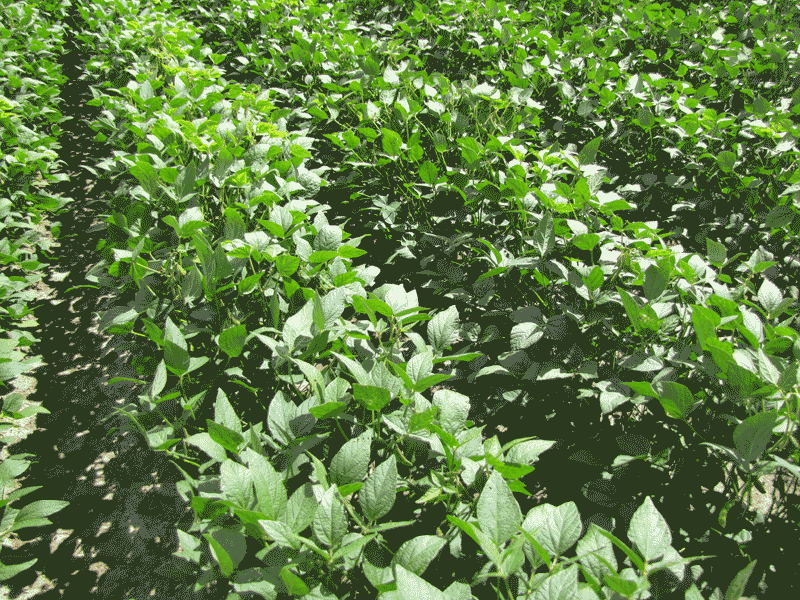Cropside: Wide rows gaining popularity
AGRONOMIC INFORMATION FROM ONTARIO'S CROP SPECIALISTS

WHEN SOYBEANS WERE first introduced to North America they were all grown in wide rows. With the introduction of herbicides and narrow row seeding equipment, it was found that narrow rows yielded better — so the industry converted to drills.
PHOTO: 15” rows capture almost all available sunlight.

PHOTO: Soybean planted in 30” rows that did not reach full canopy closure.

Today, there is a trend back to wider rows. High seed costs, increased white mould and the convenience of using corn planters are all contributing to the shift to wide rows. Those growers that often suffer from white mould are the most likely to benefit from wider rows. But the greatest problem still remains that in cool years, or when planting is delayed, wide rows will yield significantly less.
In 2013, some wide row soybeans did not achieve full canopy closure resulting in reduced yield potential. For maximum yield, wide row soybeans must be seeded early and choosing an appropriate variety is important.
advantages to wide rows
• Lower seeding costs (up to 30%)
• More uniform plant stands due to better emergence
• The convenience of using a corn planter
• Reduced white mould pressure
• Less tramping for in-season spraying
disadvantages
• Less crop competition to suppress weeds
• Combine header efficiency can be reduced
• Reduced yield of up to 4 bushels/ acre, especially in cool or dry years, or with delayed planting. •







